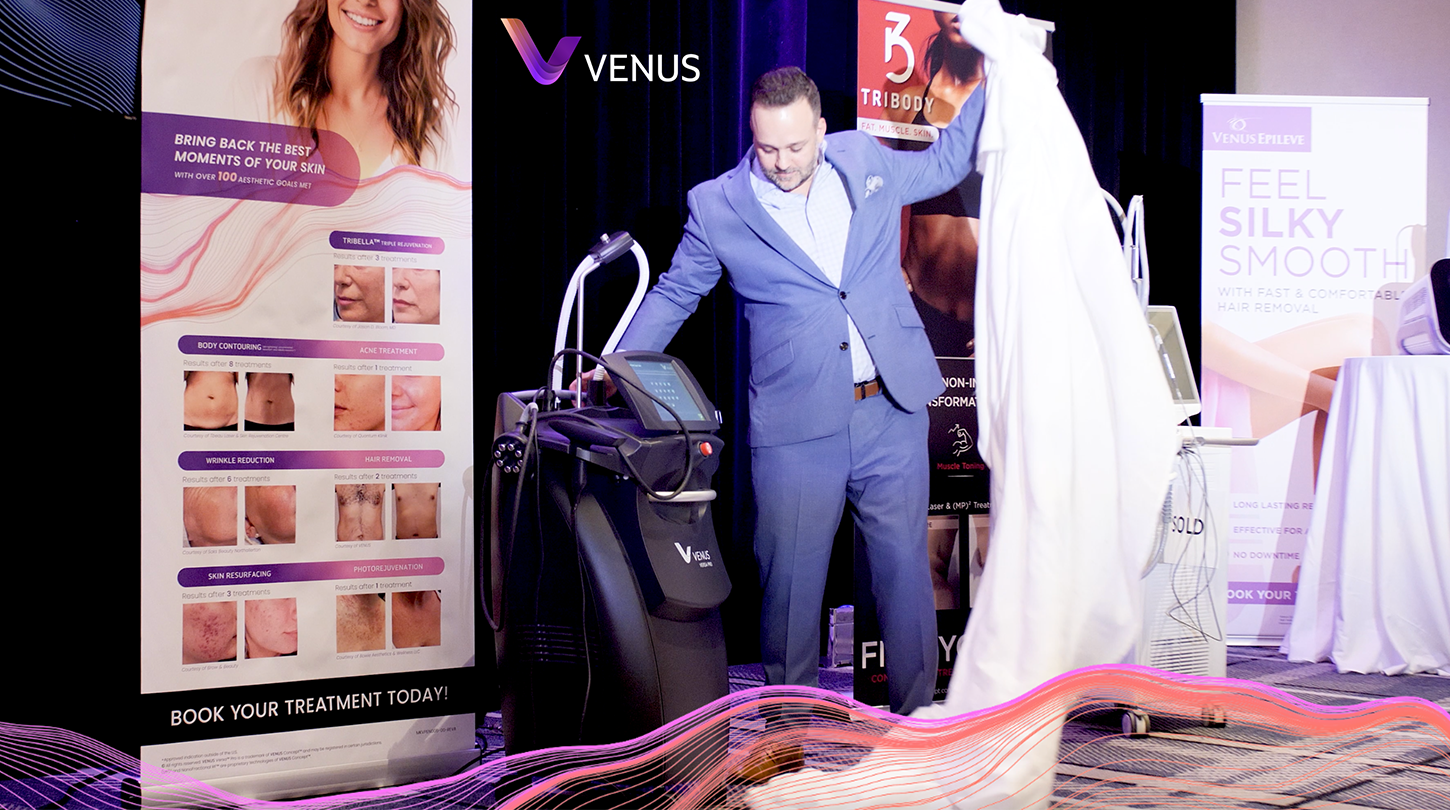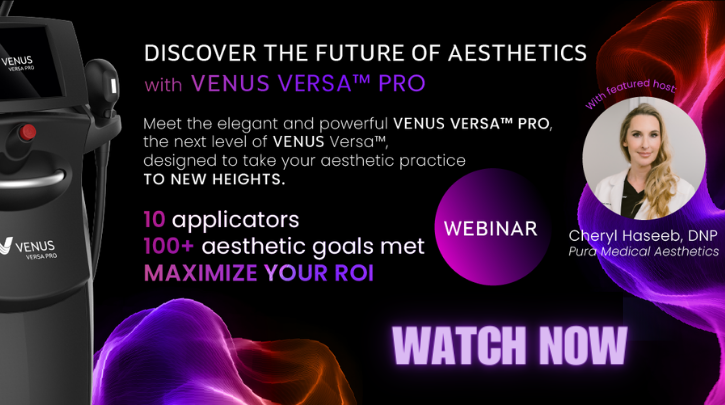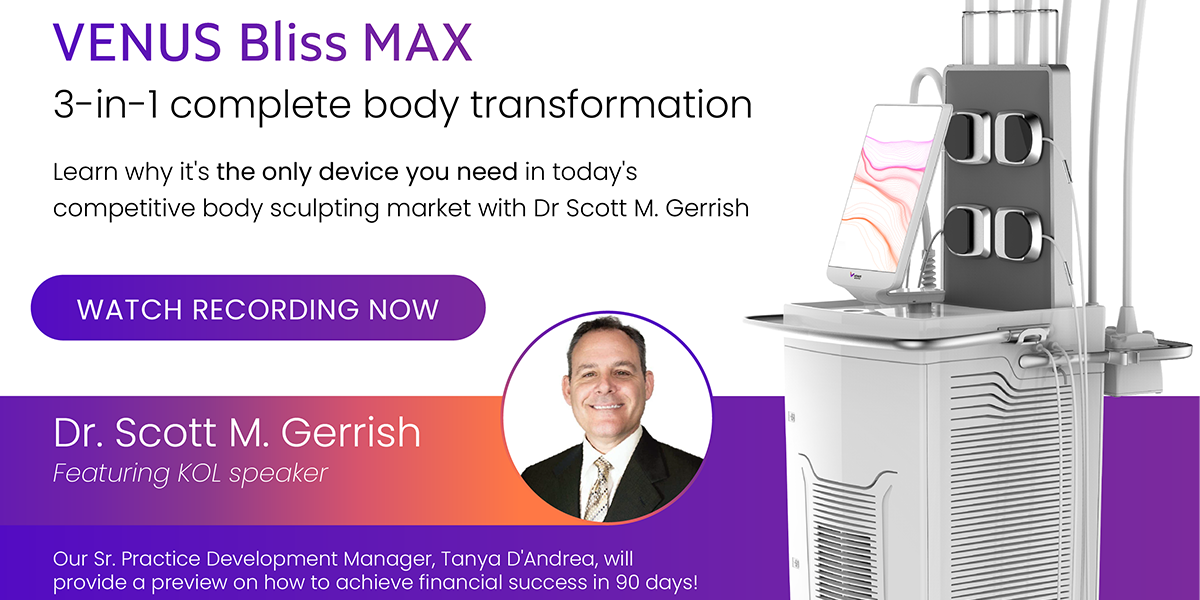Different Types of Healing Technologies for Soft Tissue Injuries

Soft tissue injuries are common: they occur among both professional and amateur athletes, in the workplace, as a result of car accidents, in slip-and-falls, and even in minor day-to-day tasks like gardening. Their impact on a patient’s quality of life as a result of pain, inflammation, and reduced mobility is just as prominent. For practices focusing on the treatment of soft tissue injuries , staying abreast of the latest healing technologies is imperative to offering your patients treatments that deliver pain relief and quicker healing times. Get up to speed with this breakdown of the latest therapies for soft tissues injuries, and why they may be the perfect addition to conventional treatment plans for accelerating healing while limiting long-term effects.
Quick Review: How Soft Tissue Injuries Heal Naturally
To understand how the latest technologies assist in the healing of soft tissue injuries, it’s best to review how these injuries might heal on their own. To start, soft tissue injuries heal in three stages:
- Inflammatory phase: Up to 72 hours post-injury, the body produces an inflammatory response that may manifest in pain, swelling, redness, and excess warmth in the injured area. The injured tissue continues to experience damage as the body works to form a clot and remove dead cell debris to stem further injury.
- Regeneration and repair phase: Spanning from the first 48 hours to six weeks post-injury, this phase is characterized by an increase in fibroblasts to boost collagen production levels to mend the injured tissues. In the body’s rush to repair damage during this phase, collagen may be laid haphazardly.
- Remodeling phase: From three weeks to 12 months post-injury, collagen fibers create tight, strong scar tissue and collagen production gradually declines. Strength and flexibility of the injured tissue generally isn’t restored to its same level prior to injury. This leads to the need for advanced treatments to help better restore mobility and reduce the risk of chronic pain and inflammation.
Advanced Healing Therapies for Soft Tissues Injuries
With advancements in medical device technologies, healing no longer needs to be left to the traditional treatment protocols. In fact, if not properly accompanied by alternative therapies, conventional treatments alone could delay healing and even lead to the ineffective repair of injured tissues, leaving a lasting impact on a patient’s quality of life. The inclusion of alternative therapies paired with traditional treatments can support healing, increase comfort, and improve mobility.
The following are the top three categories of alternative technologies for the treatment of soft tissue injuries:
- Thermal therapy
- Mechanical therapy
- Energy-based therapy
Thermal Therapy
While utilizing cryotherapy (cold therapy) in the initial phases of healing can help reduce inflammation via vasoconstriction and the reduction of blood flow to the injured area, thermal therapy (heat) in the later stages of healing is beneficial to speeding up the body’s natural wound-healing cycle via vasodilation. By applying heat to the injured area, blood vessels dilate, stimulating circulation and delivering necessary nutrients to the injured area, thereby supporting the proper healing of damaged tissues. Thermal therapy also helps to ease stiffness by relaxing muscles, offering relief from pain and spasm for improved outcomes. Careful delivery of thermal therapy is required to avoid damage to the epidermis and reduce the risk of increased inflammation, particularly if an injury is still in the primary healing phase. Thermal therapy may be delivered via electrical heating pads, paraffin wax baths, hot packs, or as a factor in energy-based therapies.
Mechanical Therapy
Mechanical therapies include massage or pulse-based technologies. These treatment modalities work to apply pressure and manipulate soft tissue for a relaxation response while improving blood circulation and the normalization of the targeted soft tissue. In other words, mechanical therapies release tension in nerves and deeper connective tissues while relaxing soft tissue for pain reduction and limited inflammation. Massage therapy may also help prevent the tightening or shortening of tissue during the final phase of healing for improved range of motion.
Energy-Based Therapies
There are a variety of energy-based treatment modalities that may offer additional benefits to your physiotherapy patients, particularly when used with traditional treatments. These modalities include electrical stimulation, laser, ultrasound, and radio frequency-based devices.
Electrical Stimulation (TENS) Treatments
Electrical stimulation devices are often referred to as Transcutaneous Electrical Nerve Stimulation (TENS) treatments. Utilizing electrode pads applied to the epidermis in the injured area, TENS treatments target sensory nerves via an electrical shock. The shock excites the targeted nerves, creating a sort of distracting sensation to relieve pain. Effects are temporary and these treatments do not directly stimulate any healing responses below the skin’s surface.
Ultrasound Treatments
Since the 1940s, therapeutic ultrasound therapies have been utilized in physiotherapy for their proven benefits in stimulating living tissue. Ultrasound treatments deliver energy to the dermis via a probe placed directly on the epidermis. Sending ultrasonic energy to the affected tissues, vibrations are converted to heat energy. Local circulation is improved while swelling and inflammation are reduced, speeding the healing of soft tissue injuries. While the benefits of ultrasound therapies on living tissue have been well researched, there is reportedly limited evidence to support the supposed benefits of ultrasound treatment for soft tissue injuries.
Laser Treatments
Deep tissue laser modalities utilize laser therapy to tap into and stimulate the body’s natural healing process while offering temporary relief of pain and inflammation for up to 24 hours post-treatment. Light energy is emitted from an applicator tip and transferred to photon particles that are absorbed by cells in the treatment area, stimulating the further formation of healthy cell structures and restoring tissue function. As with any laser device, extra care may be required when used on patients with darker skin tones, as there could be a higher risk of post-inflammatory hyperpigmentation.
Radio Frequency Treatments
Regarded as safe for all skin types, radio frequency-based treatments have the potential to reduce healing time, minimize the risk of negative side effects during healing, and improve mobility and quality of life, especially when combined with a holistic treatment plan that includes manual manipulation (massage). Utilizing radio frequency (RF) energy, these treatments homogeneously deliver heat to the dermis for even healing.
More specifically, treatment devices that synergistically combine RF with Pulsed Electro Magnetic Fields (PEMF), such as Venus Heal™ , work to stimulate fibroblast production, speeding the formation of collagen fibers and expediting recovery. When combined with massage, these treatments effectively target injuries by affecting connective, muscle, and vascular tissue with noticeable results in as little as three treatments, although patients may experience pain relief even after just one session. In all, these treatments can offer patients improved range of motion and a speedier healing time to return to their career, sport, hobbies, and lives faster.
Interested in learning more about how to incorporate Venus Heal™ and RF-based soft tissue injury treatments into your practice? Contact an expert today.

Why Venus
Body Devices
Body Treatments
Face & Skin Devices
Face & Skin Treatments
Hair Restoration Devices
Hair Removal Devices
Legal
For more information call: (888) 907-0115 // info@venusconcept.com // 235 Yorkland Blvd., Suite 900, Toronto, ON, M2J 4Y8 Canada
For more information call: (888) 907-0115 // info@venusconcept.com // 235 Yorkland Blvd., Suite 900, Toronto, ON M2J 4T8 Canada






